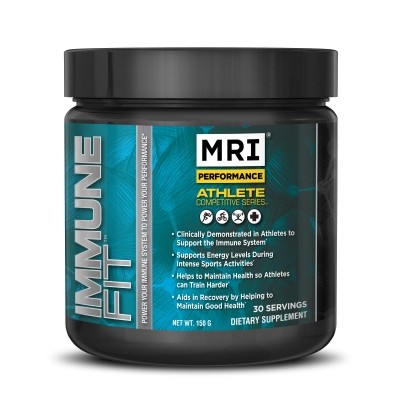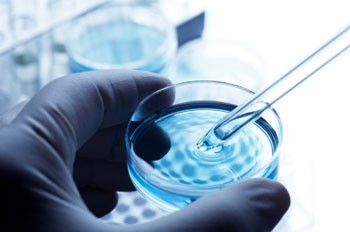Special edition: immune support
Immune support in the -omics age: Moving away from old ideas of nutrition and immunity

The relationship between nutrition and immunity is changing, and it’s changing fast. Speaking with NutraIngredients, Professor Philip Calder from the University of Southampton, UK, said that new ‘-omics’ technologies that can mine information from large sets of data, in combination with recent advances in cellular and molecular biology has resulted in huge steps forward in the understanding of how nutrition and diet can play a role in supporting immunity – and this is just the beginning.
Calder believes such advances are resulting in a shift from ‘classical’ ideas of immuno-nutrition towards a greater understanding of the intricate relationship between the human immune system and our diet.
“The old idea of immune-nutrition was that you give people specific nutrients and then you improve some sort of immune functioning,” explained Calder.
However, the nutrition and immunity expert believes that industry and academia need to move away from such ‘classical markers’ of immunity and archaic ideas of ‘boosting’ the immune system.
“This is an area which is tremendously exciting, but is also moving forward very quickly,” he said.
“We are moving away from the idea of just looking to protecting against infectious disease and moving towards implications for chronic diseases of ageing.”
Two way interaction
“I think, probably the really key area which is taking off is the fact that the immune system is very much influenced by bacteria – particularly in the gut, but also in the skin and elsewhere,” said Calder.
“There is this sort of two way interaction between the immune system and these bacteria,” he explained.
As has always been known, this two-way street involves the immune system sensing bacteria that are present – whether they are pathogens or more ‘friendly’ bacteria.
“But then, coming from it the other way, there seems to be a very important role for specific bacteria in terms of shaping the immune response,” he said – adding that bacterial colonies and the immune system co-exist in a way that is mutually beneficial in a healthy person.
One key aspect of this two way relationship is the regulation of the immune system against dysfunctions, which Calder noted can be ‘very important’ in the development of many diseases. These include classic inflammatory diseases but also – and perhaps more importantly, said Calder – metabolic diseases such as cardiovascular disease, fatty liver disease, and even obesity.
“It seems that there is a link between bacterial exposures [to food and nutrients], the immune response that occurs, and even these metabolic diseases.”
New links
Calder said these new links have given the industry various challenges to opportunities to tackle: “One of them is that you need new technologies to understand the nature of these interactions, but you also need to understand the mechanisms behind those interactions.”
“You have sophisticated -omics technologies which allow identification of large numbers of things you are analysing – be they gene sequences, RNA’s, protein, or metabolites,” said Calder. “That capability to measure this large number of things, in a reasonable time and at a reasonable cost is certainly very important.”
“Plus, it’s also useful to identify the mechanisms, and for this you really need advances to be coming from cellular and molecular biology.”
However, the expert added that all of these interactions are still is focused on the host: “Of course the other side of that is to find out about the bacteria – and that relies on these same technologies.”
These technologies have also brought about huge advances in the identification of types of bacteria present in the human gut system, in addition to those present in the oral cavity and on the skin.
Calder believes that so far, large scale, but ultimately individual projects have done well to push boundries in knowledge with projects such as those to sequence the microbial genome.
“But in the meantime somebody else is also finding out new information about the host,” he reiterates. “Clearly there is a need to put all of these together.”
“I think those integrations will happen over the next few years, as people realise this information needs to be brought together to make sense of it.
“That’s going to happen.”









